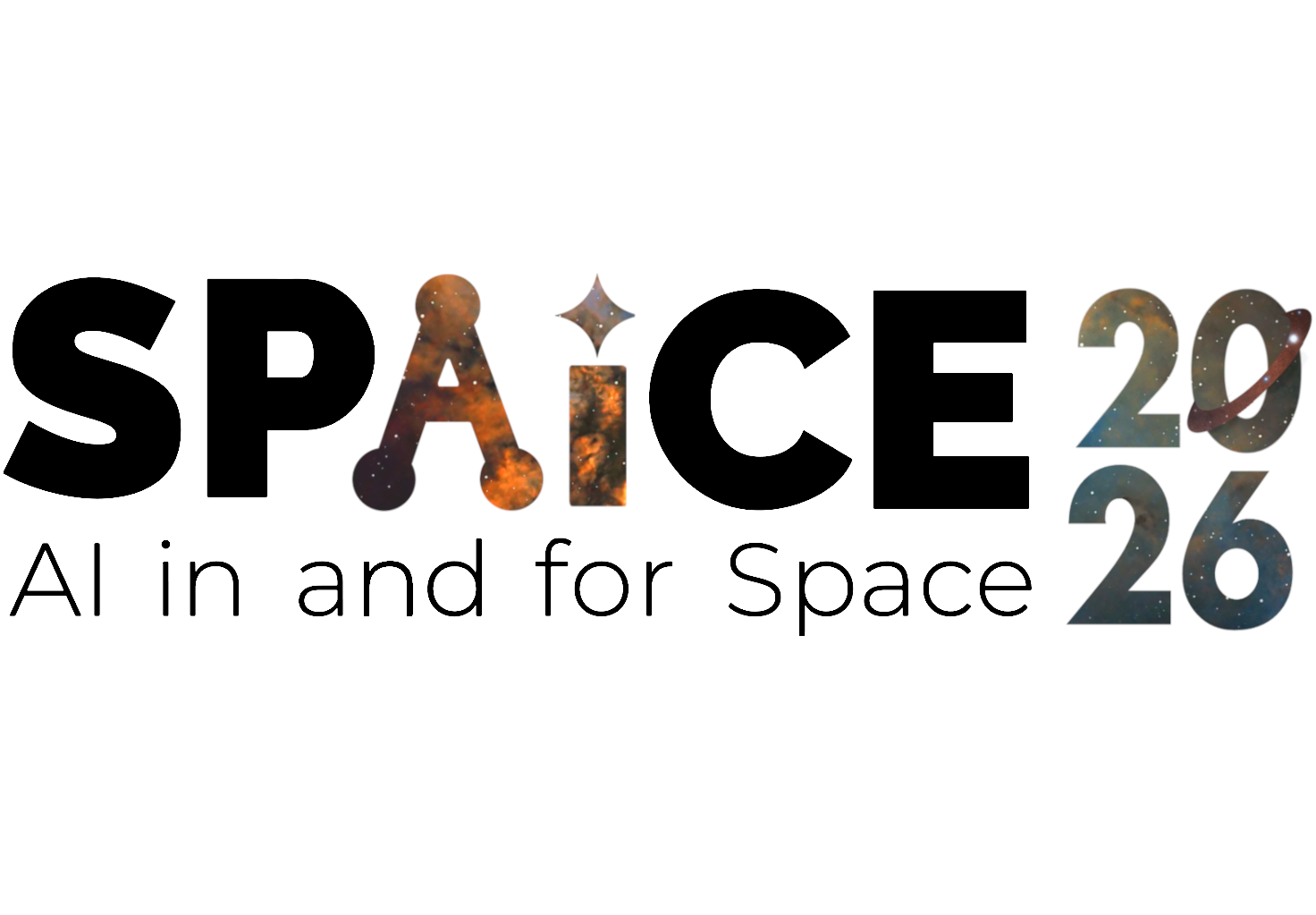
SPAICE 2026
We released the call for papers of SPAICE 2026! This time, the conference will take place at ESTEC, the heart of space research in Europe.
Marie Curie Research Fellow

We released the call for papers of SPAICE 2026! This time, the conference will take place at ESTEC, the heart of space research in Europe.
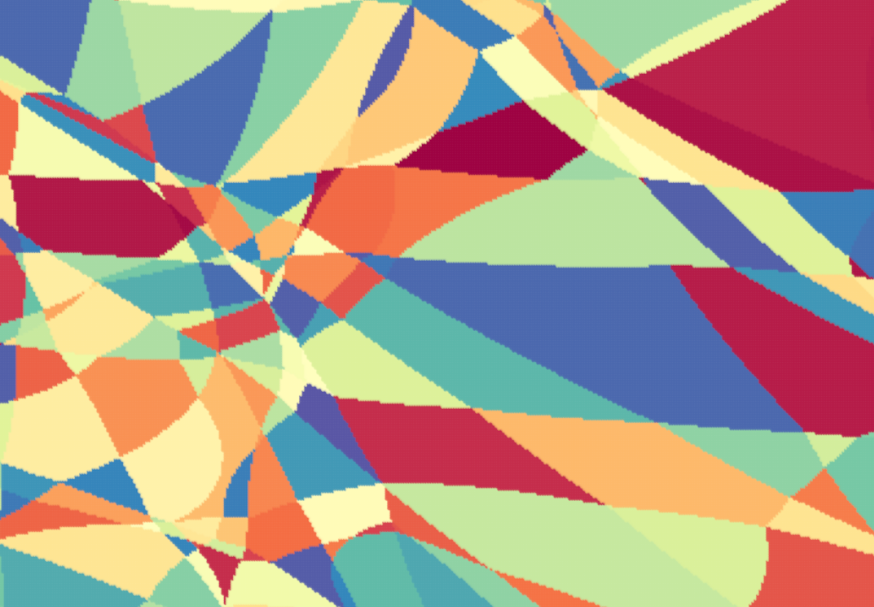
I just published a new preprint introducing the concept of "causal pieces" to analyse and improve spiking neural networks.
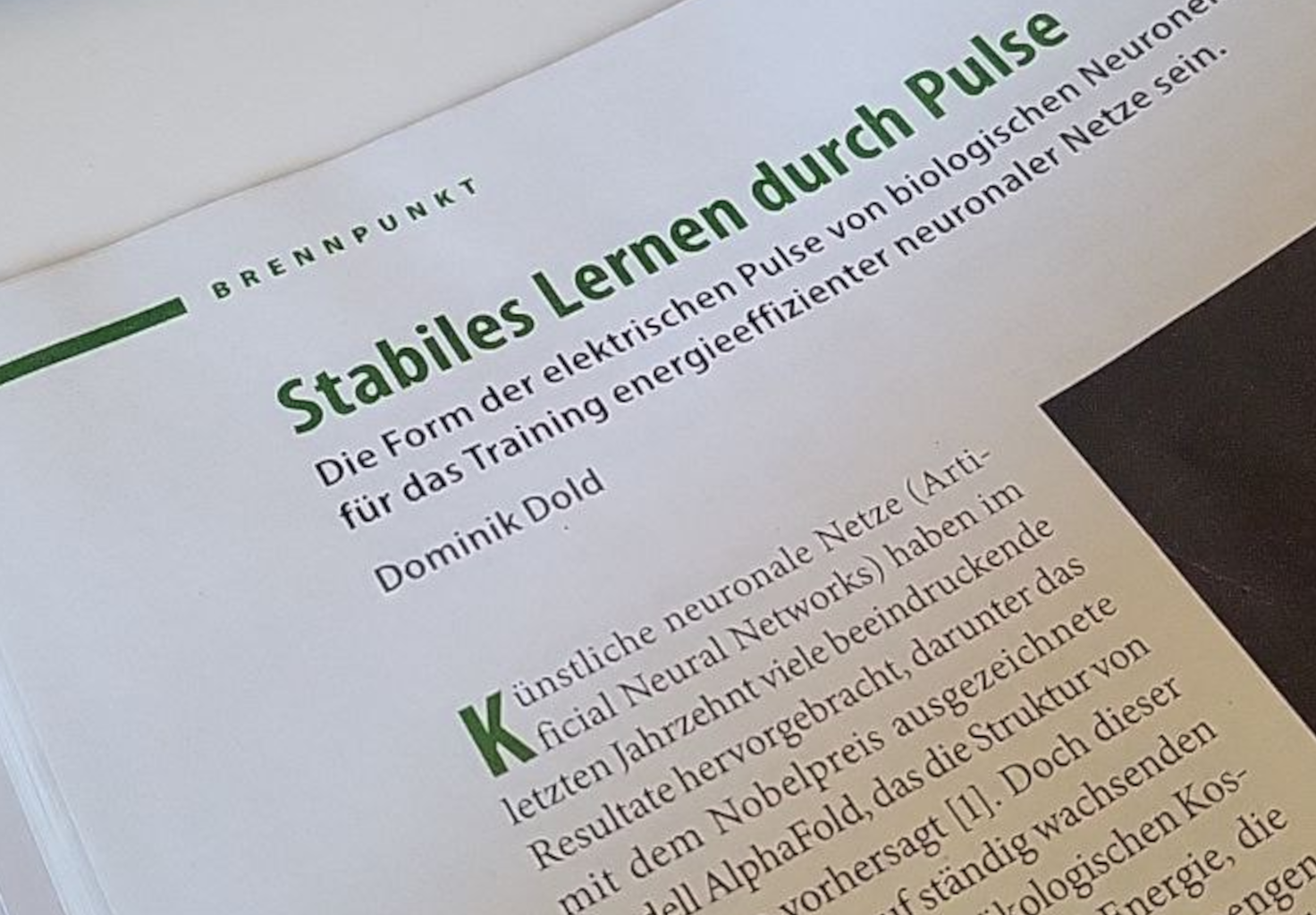
As a german physicist, this one is a true highlight for me! My Brennpunkt article for the Physik Journal of the DPG has been published in the April edition.

I am honored to again be chair of the scientific committee of SPAICE, this time organized by the International Academy of Astronautics (IAA).

I had the pleasure to write a comment for a new paper on training spiking neural networks, published in the Physics Magazine (APS).
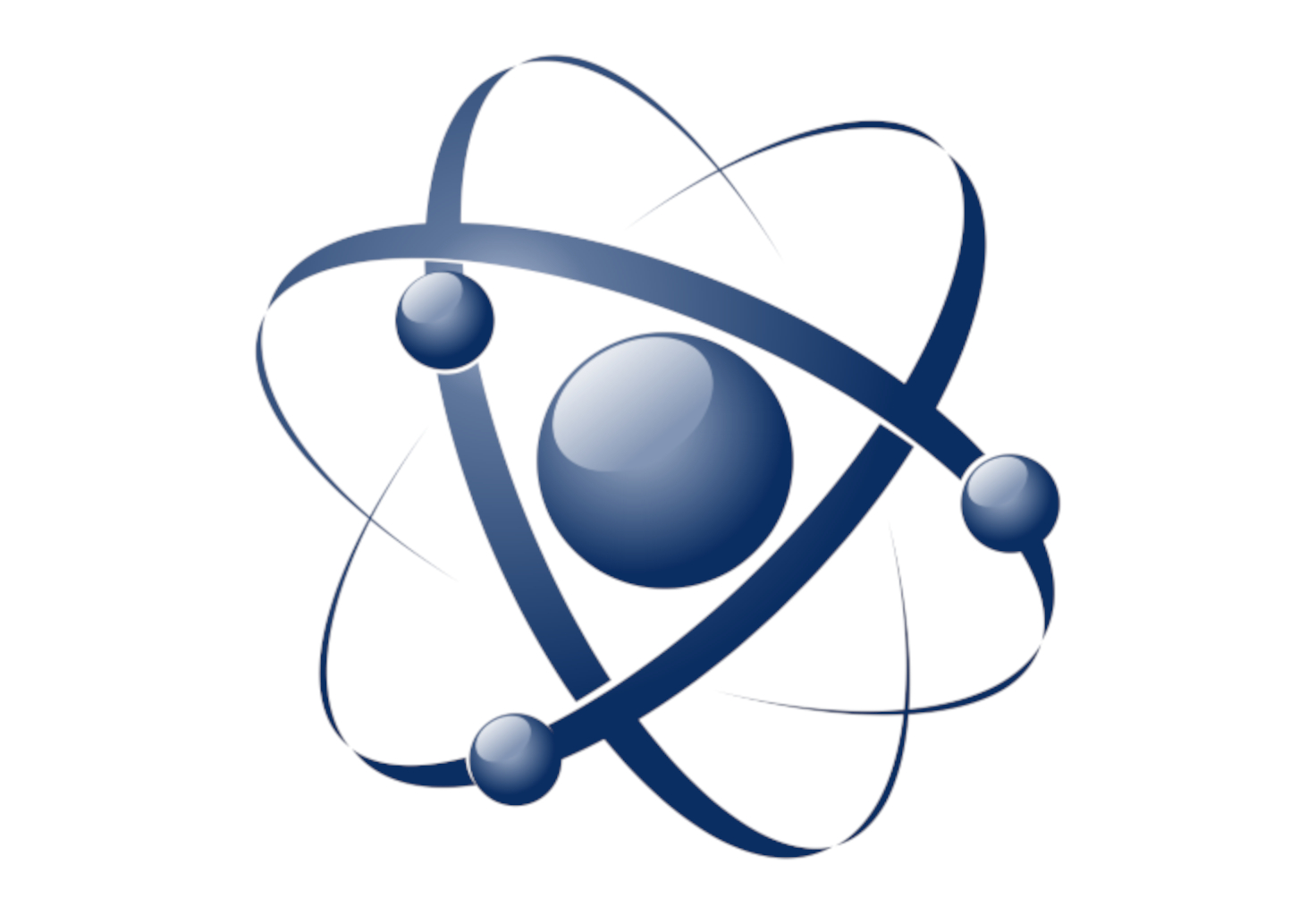
My latest publication on reprogrammable lattice structures for space applications has been featured on phys.org!
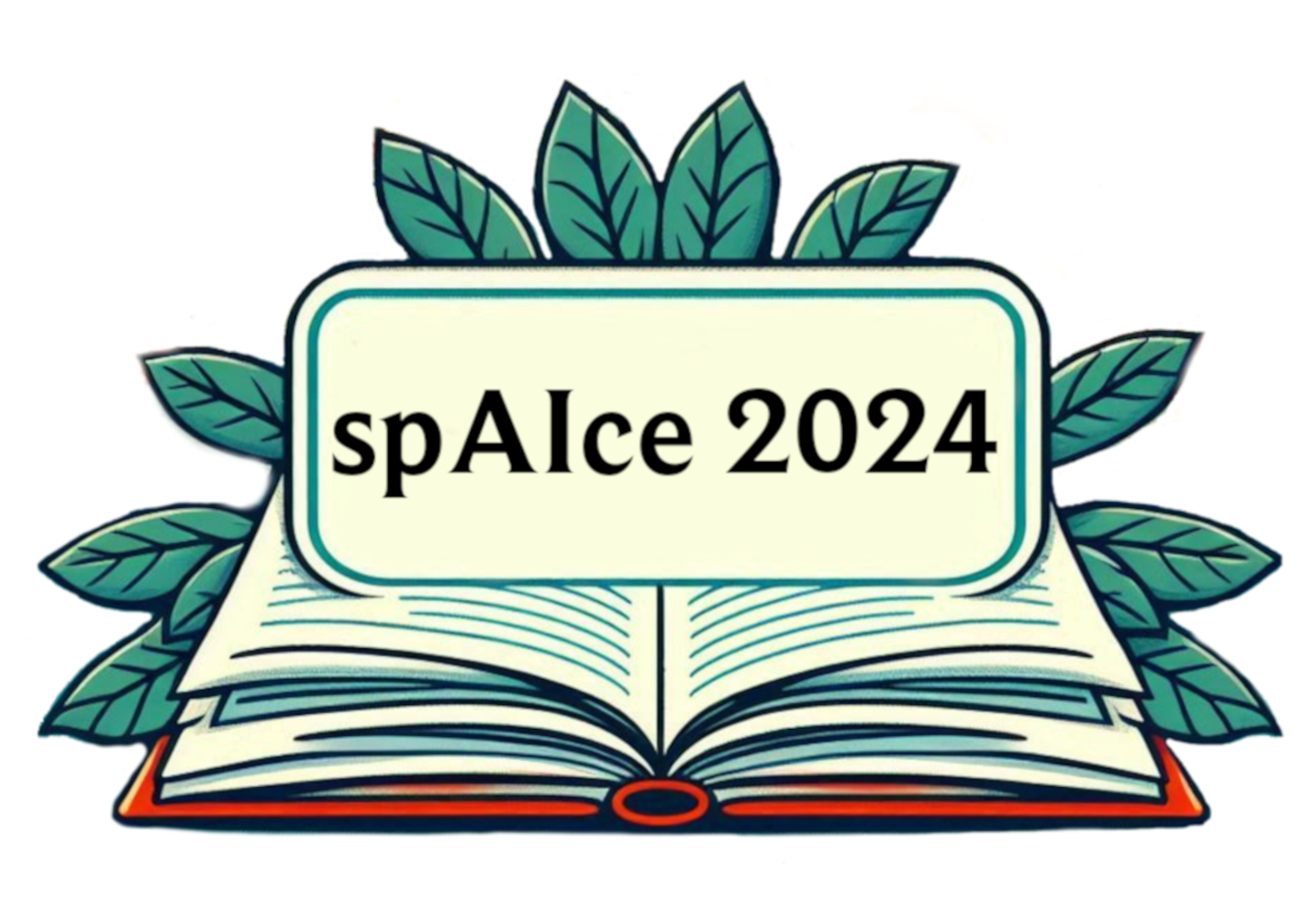
I am honored to be editor of Springer Astrodynamics' special issue on spAIce 2024: One small step for AI in and for space!

With more than 150 submitted papers and over 200 registrations, SPAICE was a huge success. Check out the proceedings published on Zenodo!
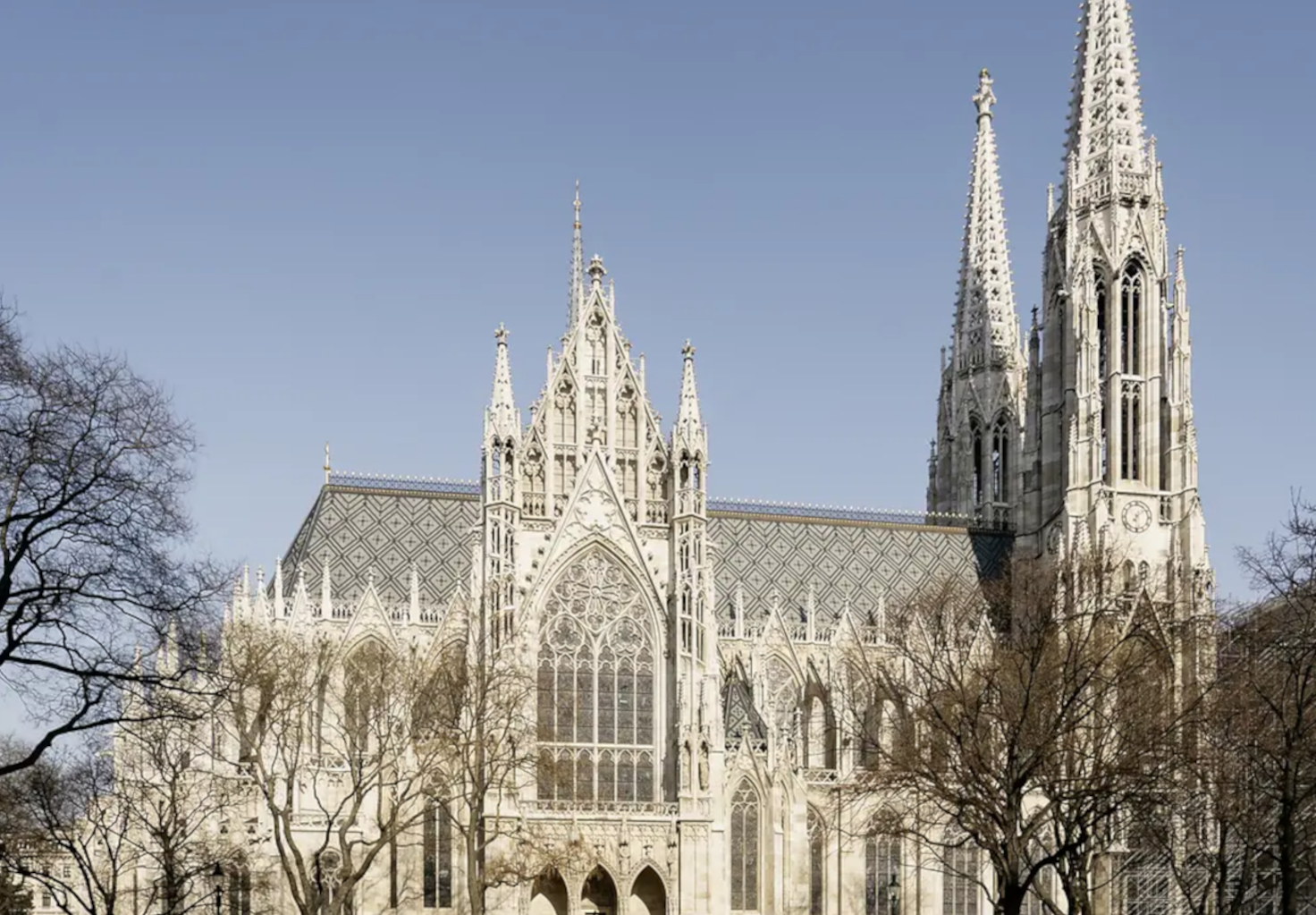
I started as a Marie Curie Research Fellow in the Machine Learning Group of Prof. Philipp Petersen at the University of Vienna!
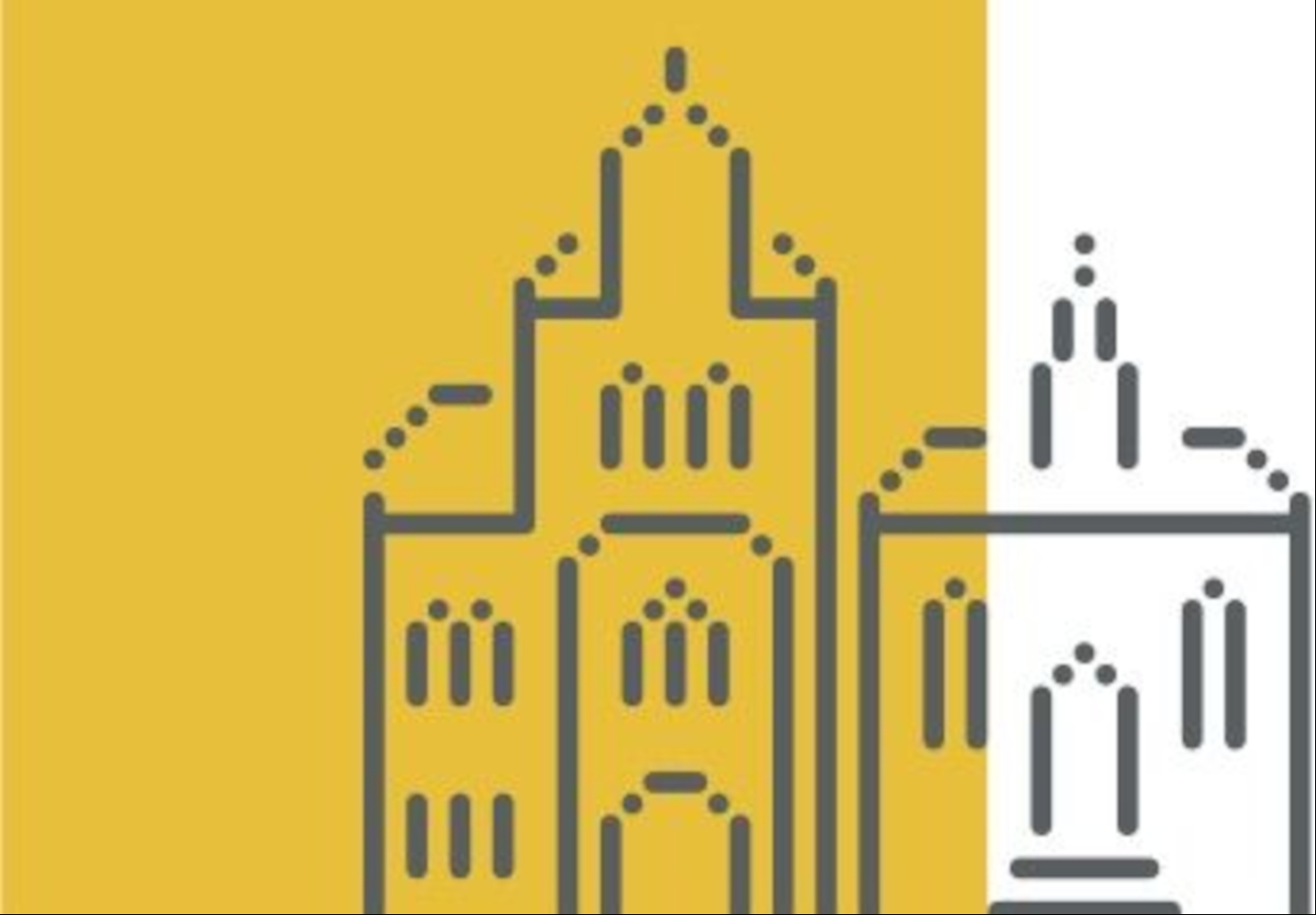
I am very honored to have been invited to an upcoming Dagstuhl seminar on (Actual) Neurosymbolic AI: Combining Deep Learning and Knowledge Graphs!
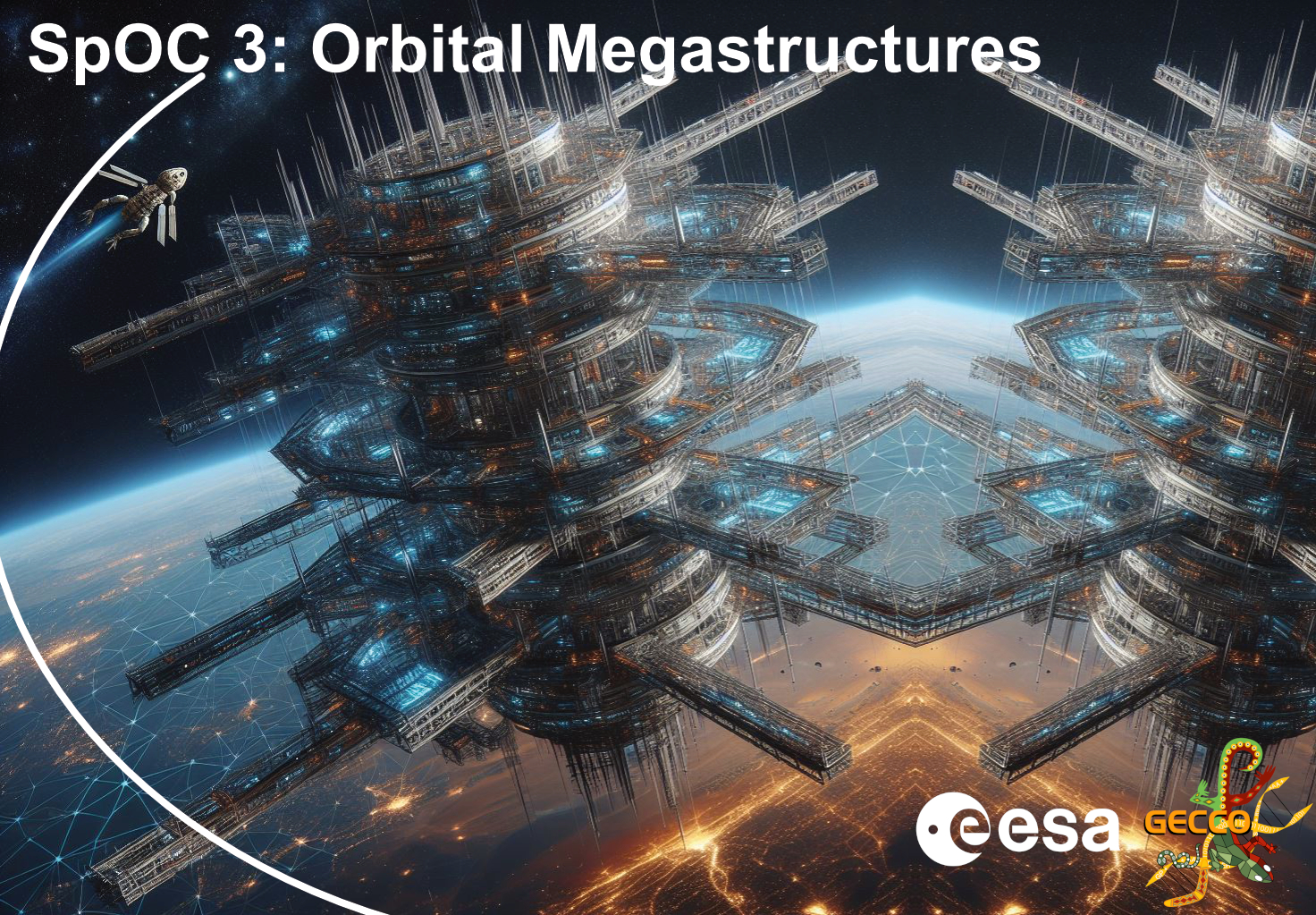
We just launched the third edition of ESA's Space Optimization Competition! Check out the Programmable Cubes challenge that I designed :)

I was invited to give a talk about my work at the Neuromorphic technology: a giant leap for AI workshop of the AI UK Fringe events.

We opened the call for papers of the new conference SPAICE: AI in and for Space. I am super excited to be a chair of the scientific committee!

My publication Differentiable graph-structured models for inverse design of lattice materials has been published in Cell Reports Physical Science.
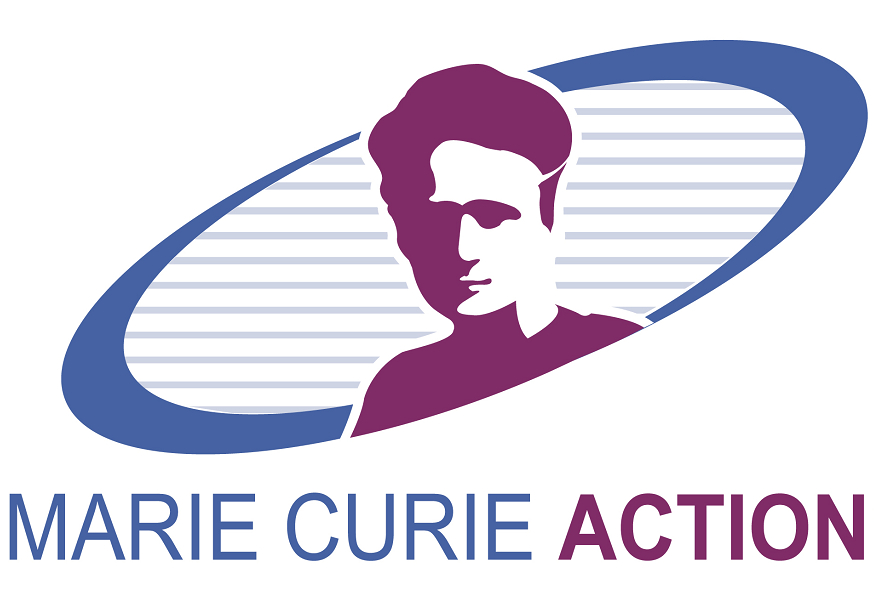
My proposal BASE: Biologically-inspired Autonomous Systems for Space Exploration has been funded under a Marie Curie (MSCA) Fellowship.

I had the pleasure to give an invited presentation about my scientific career and my work at the UCL AI Society in front of more than 30 students.


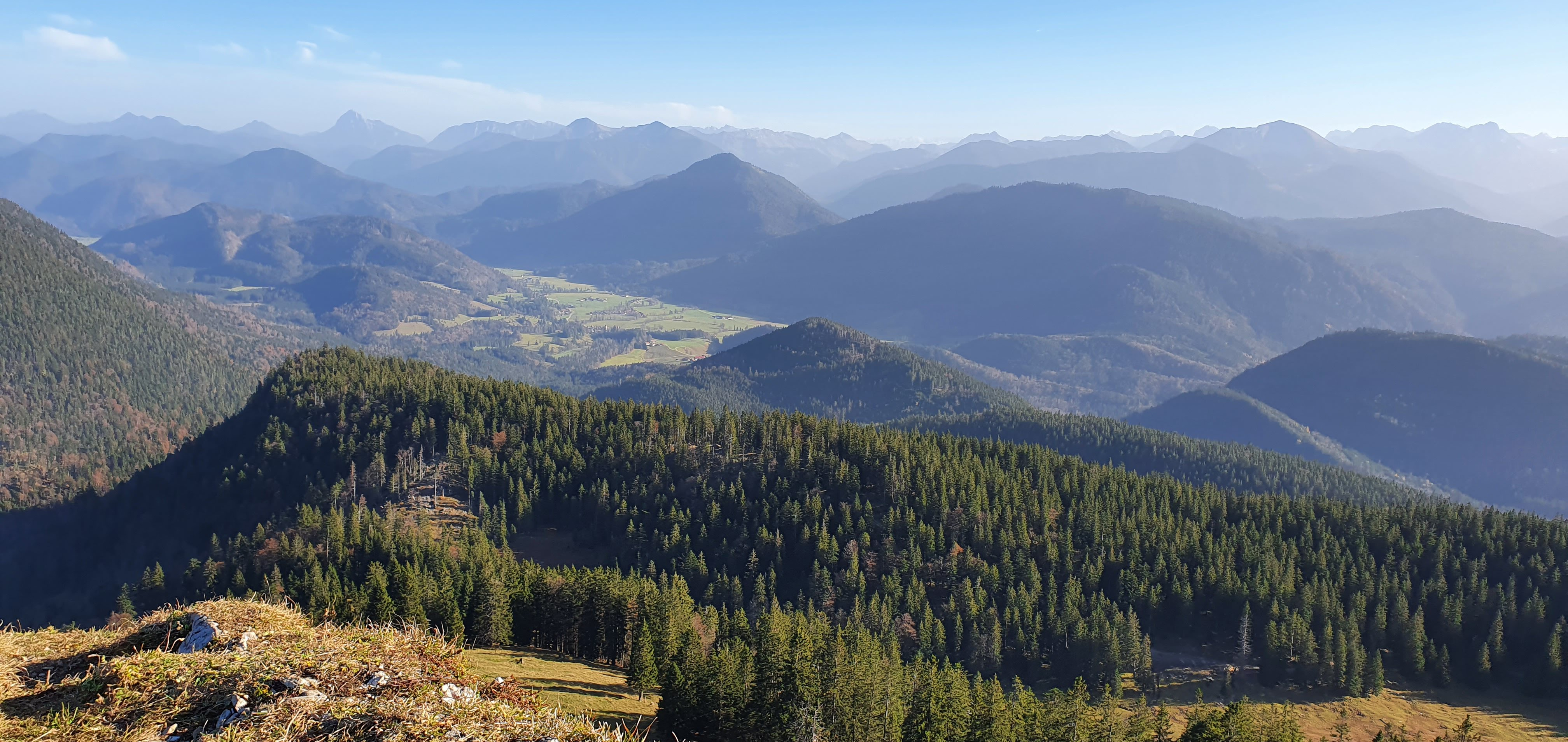

Throughout my career, I had the opportunity to dive into many different disciplines such as neuromorphic computing, artificial intelligence (AI), graph representation learning, and materials science - all of which influenced my current research greatly. In general, my research addresses the question how complex systems composed of individual, locally interacting components can optimise global properties of the system as a whole. Or put simply: how does functionality emerge from simple, locally interacting components (and as energy efficient as possible!) - be it biological and artificial neural networks, lattice structures, multi-robot systems, or satellite swarms.
My work can be broadly summarized using the following three categories:

I am interested in the interface between modern AI and neuroscience, mostly spiking neural networks, local and decentralised learning rules, continuous learning, and neural development. My aim is to not only better understand information processing in the brain, but to develop novel energy efficient, robust, and adaptive AI methods.

I further focus in my work on graph-structured data and representations and how to process them using neural algorithms, e.g., using graph embedding methods and graph neural networks.
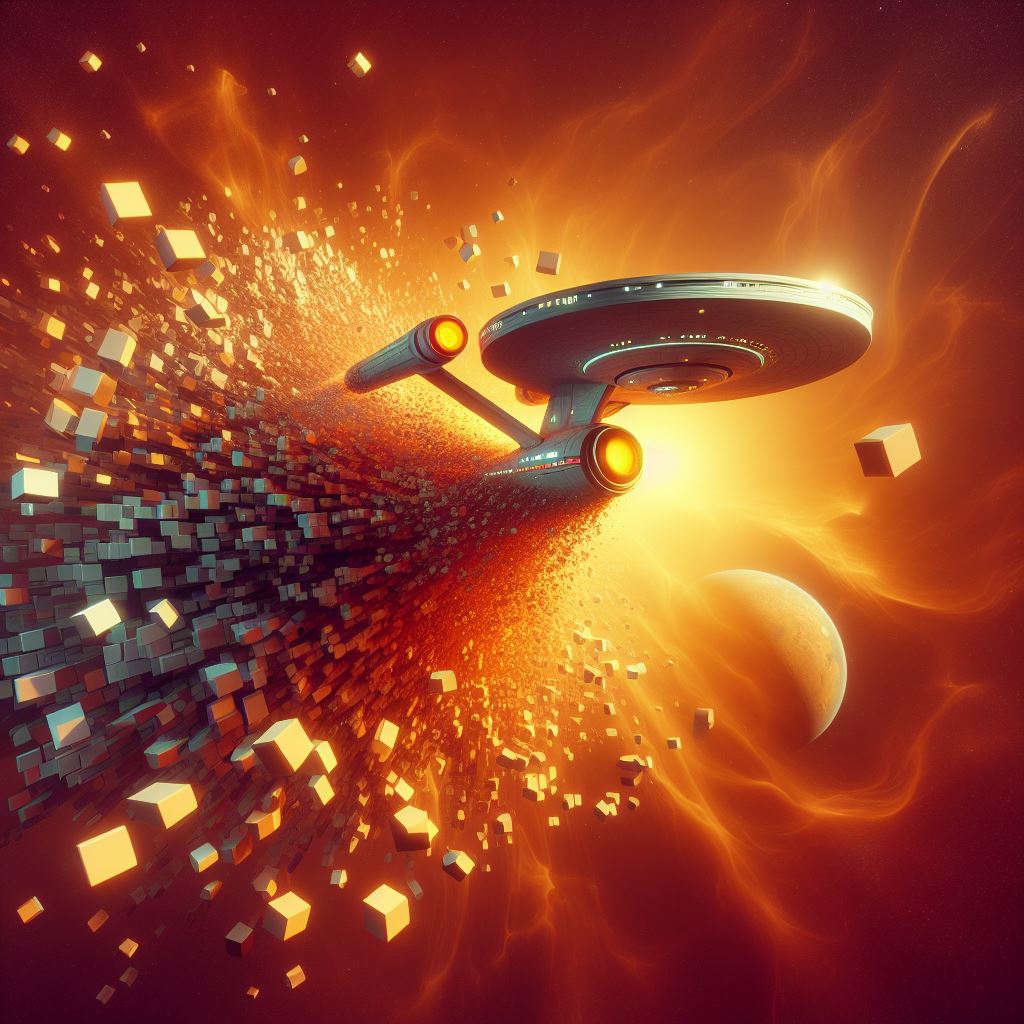
I am enthustiastic about developing novel methods of reorganisation for futuristic space infrastructure such as multi-robot systems, CubeSat swarms, and small-to-large scale lattice structures. This parallels my work on neuro-inspired AI, asking similar questions about local and decentralised functional reorganisation - but for engineered systems instead of biological tissue.